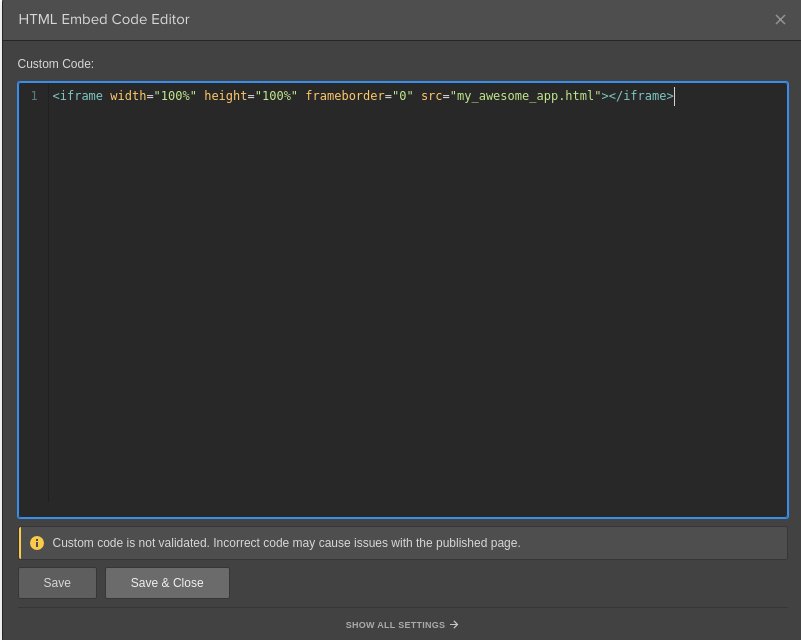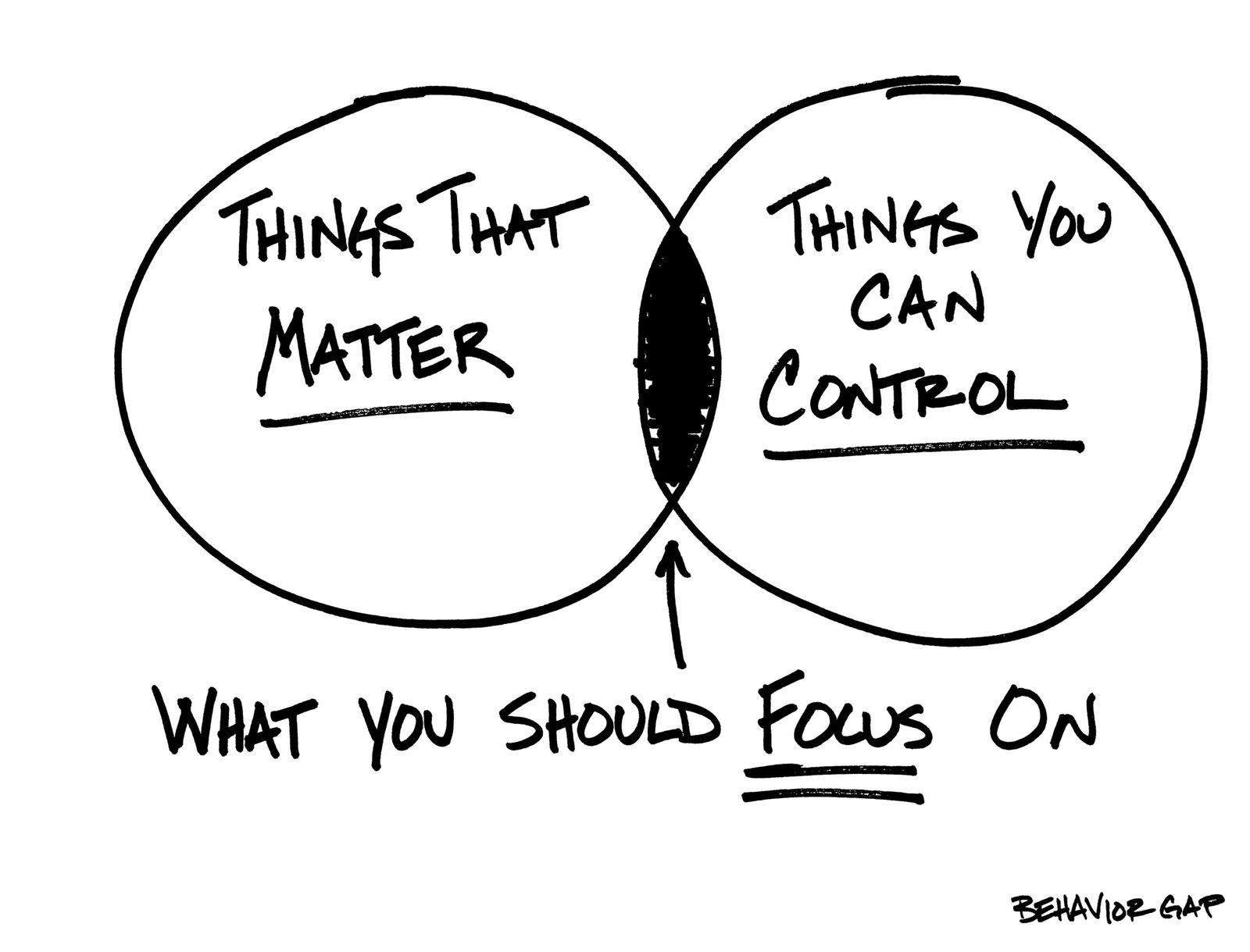Imagine browsing a website that takes an eternity to load. Every second feels like an agonizing hour as you impatiently wait for the content to appear. Frustration builds up, and with one swift click, you find yourself in search of a faster site, leaving the tortoise-paced one behind.
In this digital era where speed is everything, there’s no room for snail-like websites. Users demand instant gratification, and those who can’t deliver are left in the virtual dust. But fear not, brave webmasters and developers, for the secrets to lightning-fast loading speed lie within your grasp!
In this article, we will unlock the hidden techniques, the unsung heroes of the web, that will turbocharge your website. Buckle up and be prepared to leave your sluggish loading in the rearview mirror. From optimizing your images to tinkering with HTML and CSS, our top tips will propel your website to new speed horizons.
So, get ready to outrun the competition and captivate your users in the blink of an eye. It’s time to inject the necessity of speed into every line of code, every megabyte of media, and every pixel of your website. Join us as we unveil the secrets to a blazing-fast browsing experience that will transport your visitors to a realm of digital marvel.
Remember, this is not a mere upgrade; it’s a transformation. It’s time to step onto the podium of the internet’s fastest, leaving your rivals to watch in awe. Get set to unveil the power of speed and dominate the digital race. Together, we will embark on a thrilling journey to turbocharge your website and provide your users with an unforgettable, lightning-fast experience! 

In today’s fast-paced digital world, having a lightning-fast website is essential for capturing and retaining your audience’s attention. Slow loading speeds can lead to frustrated visitors who may quickly abandon your site in search of a speedier alternative. To ensure your website is operating at peak performance, here are some top tips to turbocharge your loading speed!rnrnTo begin, let’s dive into the importance of optimizing your website’s code for efficiency and speed. Streamlining your code involves removing any unnecessary or redundant lines of code, which can significantly reduce the size of your files and improve loading times. Additionally, organizing your code structure and utilizing best practices like minification and compression can further enhance website performance. Remember, a leaner codebase means less work for the browser to interpret, resulting in a speedier experience for your users.rnrnNext up, embracing CDN (Content Delivery Network) technology can work wonders in accelerating content delivery and improving website performance. By distributing your website’s content across multiple servers located globally, CDN technology ensures that users from any location can access your site quickly. It achieves this by delivering content from the server that is geographically closest to the user, reducing the distance and time it takes for data to travel. Take advantage of this powerful tool to enhance performance, reliability, and user experience. Consider integrating a reliable CDN provider into your website’s infrastructure for optimal results.rnrnMoving on to image optimization, a crucial aspect of snappy loading speeds. It’s a delicate balancing act, as you want high-quality visuals without sacrificing loading times. Luckily, there are several techniques you can employ to achieve this equilibrium. Firstly, compress your images using appropriate file formats like JPEG or PNG, striking the sweet spot between file size reduction and image quality retention. Secondly, consider lazy loading images, which ensures that images are only loaded when they are in the user’s viewport, minimizing initial loading times. Lastly, implement responsive images that scale and adapt to different screen sizes, saving on bandwidth and loading times. By employing these image optimization strategies, you can deliver a seamless user experience without compromising on visual appeal.rnrnFinally, minimizing HTTP requests is a powerful strategy to optimize loading speed and reduce server response time. Each element (e.g., images, scripts, stylesheets) on your website triggers an HTTP request, putting additional strain on your server. By reducing the number of requests, you can dramatically improve loading speed. Combine and minify your CSS and JavaScript files, reducing the number of files the browser has to fetch. Furthermore, consider utilizing browser caching to store static resources locally, allowing for faster subsequent page loads. A faster server response time ensures that your visitors are not kept waiting, enhancing their browsing experience.rn rnrnWith these top tips at your disposal, you now have the knowledge to turbocharge your website’s loading speed for seamless and lightning-fast user experiences. Implementing these strategies can set you apart from the competition, increase user engagement, and ultimately lead to greater success in the digital realm. Remember, every second counts in the online world, so optimize, enhance, and exceed your users’ expectations with a blazing-fast website!rn
rnrnWith these top tips at your disposal, you now have the knowledge to turbocharge your website’s loading speed for seamless and lightning-fast user experiences. Implementing these strategies can set you apart from the competition, increase user engagement, and ultimately lead to greater success in the digital realm. Remember, every second counts in the online world, so optimize, enhance, and exceed your users’ expectations with a blazing-fast website!rn
Q&A
Q: Is your website taking forever to load? Unleash its full potential with these top tips for lightning-fast loading speed!
A: Say goodbye to sluggish page loading times and welcome a speed revolution for your website with our top tips on turbocharging its performance.
Q: Why is website loading speed so important?
A: Website loading speed is crucial because it directly impacts user experience. In today’s fast-paced digital world, visitors expect instant results. A slow-loading website can lead to frustration, high bounce rates, and potential loss of conversions.
Q: What are the benefits of a lightning-fast website?
A: A blazing-fast website provides numerous benefits including improved user experience, increased engagement, higher search engine rankings, and better conversion rates. Your visitors will appreciate the swift responsiveness and reward you with their time and trust.
Q: How can I optimize my website for faster loading speed?
A: There are several effective techniques to turbocharge your website’s loading speed. Start by optimizing your images, reducing HTTP requests, minifying your code, leveraging browser caching, and utilizing content delivery networks (CDNs).
Q: Can you explain image optimization and why it matters?
A: Image optimization involves reducing the file size of images without compromising their quality. Compressed and properly formatted images significantly decrease the loading time of your web pages. Remember, a picture is worth a thousand words, but it shouldn’t cost you precious loading time!
Q: What are HTTP requests and why do they affect website loading speed?
A: When a user visits your website, their browser sends requests to the server for each element on the page, such as images, scripts, and stylesheets. The more requests needed, the longer it takes to load. Consolidating and minimizing these requests is essential to enhance your website’s loading speed.
Q: What is code minification and why is it important?
A: Code minification is the process of removing unnecessary characters, spaces, and comments from your website’s HTML, CSS, and JavaScript files. This technique reduces their size, allowing browsers to download and render them faster. A leaner code means a faster website!
Q: What role does browser caching play in website optimization?
A: Browser caching involves storing static files like images, CSS, and JavaScript on a visitor’s device, allowing subsequent visits to load those files locally instead of re-downloading them from the server. This decreases loading times and improves website performance.
Q: How does using a content delivery network (CDN) help accelerate my website?
A: Content delivery networks distribute your website’s static files across multiple servers worldwide. When a visitor accesses your website, the files are served from the server closest to them, reducing latency and improving loading speed. A CDN acts as a turbocharger for your website’s performance!
Q: Are there any other tips to boost website loading speed?
A: Absolutely! Optimizing your website’s database, using asynchronous loading for JavaScript, cleaning up unnecessary plugins or extensions, and regularly updating your platform can further enhance loading speed. Remember, every millisecond counts!
Q: What can I expect after implementing these tips?
A: By applying these tips, you’ll notice a significant improvement in your website’s loading speed. Visitors will enjoy a seamless browsing experience, leading to increased engagement, better conversion rates, and improved search engine rankings. Prepare for a turbocharged website that leaves a lasting impression! In a world driven by speed, your website’s loading time can make or break your online presence. With users demanding instant gratification, it’s imperative to turbocharge your website and ensure lightning-fast loading speed. We’ve delved into the realm of web optimization to bring you the top tips that will unveil a whole new level of performance for your online platform.
From trimming down hefty images to optimizing code, we’ve covered all the essential aspects that will skyrocket your website’s loading speed. Taking the plunge into the unknown territory of advanced caching techniques may seem daunting; however, fear not! We’ve demystified the complexities, revealing the hidden secrets for unleashing a website that flies faster than a speeding bullet.
But speeding up your website isn’t just rocket science—it’s also an art. By choosing the perfect combination of streamlined design and efficient content delivery, you can create a harmonious online experience. Our journey through the world of web optimization has shown us that aesthetics and speed go hand in hand, empowering your website to capture the attention of your audience like never before.
As you delve into implementing these top tips, remember that patience is key. Rome wasn’t built in a day, and neither will be your turbocharged website. The process requires meticulous attention to detail, careful testing, and continuous optimization. However, the rewards are well worth the effort. Picture a website that loads so swiftly that you can almost feel the wind rushing through your hair—a digital masterpiece that captivates visitors and keeps them coming back for more.
So, if you’re ready to take your website to new heights, don’t settle for mediocrity. Embrace the power of speed and leave your competition in the dust. By implementing our top tips for achieving lightning-fast loading speed, you’ll catapult your online presence into the stratosphere and unlock unlimited potential.
Remember, your website is more than just a digital space. It’s a powerful tool capable of captivating hearts, forging connections, and creating memorable experiences. Turbocharge it today, and let your website soar beyond imagination.

